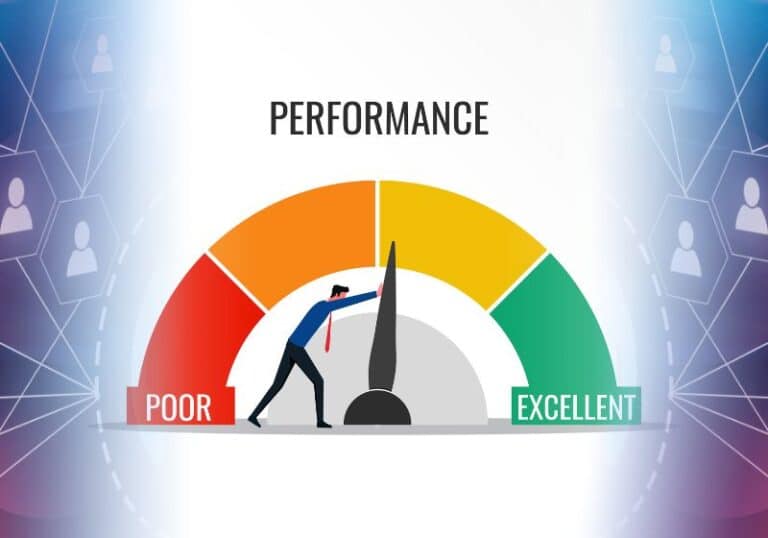Broadening the Scope of Occupational Health in the Workplace

In the dynamic world of small businesses, the health and well-being of employees are paramount. Engaging with occupational health services early can yield substantial benefits, enhancing employee well-being and productivity, reducing absenteeism, and fostering a positive work environment.
Occupational health services traditionally focus on assisting employees in returning to work after long-term sickness absence or injury. However, it’s increasingly recognised that occupational health can play a crucial role in supporting employees who, despite health challenges, wish to remain at work.
Employers should view occupational health not merely as a reactive service but as a proactive tool that can help maintain and improve the overall health and wellbeing of their workforce. Early intervention and ongoing support can prevent minor health issues from becoming more serious. In turn reducing long-term absenteeism and maintaining productivity.
This article will explore the practical aspects and benefits of integrating occupational health services in small businesses.
What is Occupational Health?
Occupational health is a specialised branch of medicine focusing on the physical and mental well-being of employees in the workplace. It aims to prevent work-related injuries and illnesses, promote health and well-being, and ensure legal compliance with health and safety requirements.
Over recent years, there has been a shift from a reactive to a proactive approach. This has marked a significant evolution in workplace. As mentioned, reactive occupational health typically waits for an illness or injury to occur before stepping in. Whilst this is effective for addressing immediate issues, it often overlooks the potential for early intervention and prevention. This can lead to extended employee absence, reduced productivity, and increased costs associated with long-term health care. In contrast, a proactive approach focuses on preventing (and addressing) health issues before they arise.
The Benefits
In small businesses, where each employee often plays a crucial, multifaceted role, the benefits of occupational health referrals can be particularly impactful. Subtle changes in employee behaviour or performance, such as increased absenteeism, decreased productivity, or even a shift in mood, can be early indicators of underlying mental health issues.
Early intervention is a key component, as it can significantly prevent long-term absences that might be more acutely felt in a smaller team. By addressing health concerns promptly and efficiently, small businesses can avoid the domino effect of workload imbalance and decreased morale that often accompanies the extended absence of team members.
Some of the benefits are obvious such as the reduction of absenteeism (or indeed presenteeism) and increased productivity. While there might be an initial outlay for occupational health services, the long-term savings from reduced absenteeism, lower staff turnover, and avoiding costly legal issues can be significant. The less so obvious benefits cover things such as ensuring businesses comply with their duty of care, relevant health and safety legislation, reducing the risk of legal penalties and reputational damage. Enhanced employee retention should also not be underestimated. A commitment to employee health can enhance your reputation as a caring employer, helping to attract and retain talent in a competitive market.
Occupational Health Report vs. General Practitioner (GP) Report
You may wonder why not just get a GP?
There are some key differences between an occupational health and GP report is focus. A GP report provides a broad overview of an individual’s health, while an occupational health report is tailored specifically to how an individual’s health affects their work and vice versa. Occupational Health reports are more practical in nature. Offering recommendations for adjustments, adaptations, or treatments to facilitate an employee’s work performance or return to work. More often than not a GP report will, in any event, recommend obtaining an occupational health report. In the tribunals, judges are inclined to give greater weight to an occupational health assessment than that of a basic GP report.
When to Make an Referral
Line managers should be considering an occupational health referral after a period of employee sickness absence, to understand the underlying issues and fitness for work. As already discussed in this article, it should not be limited to employees returning to work and should be considered when an employee is struggling with their health as it can affect their work performance or safety. It should also be considered as a means to support an employee returning to work after a long-term illness.
Making a Referral
Typically, referrals are made by the employer or line manager who has noticed a change or concern in an employee’s health relating to their work.
The process usually involves identifying the need for intervention by recognising changes in health or performance. Before an occupational health referral is made, it is crucial to obtain the employee’s consent. Employees may be sceptical in giving their consent as they may perceive it as a means for their employer to take action to potentially terminate their employment. It is essential for employers to clearly explain the purpose, process, and benefits of the occupational health assessment to the employees and to do so in a supportive and caringly way. It is important that employees give their consent freely, not having not been coerced to do so.
After written consent is received, it is imperative that all the relevant information about the employee and the nature of their job is collated before the referral is submitted.
The Assessment Process
Upon receipt of a referral, a qualified occupational health professional, usually a nurse or a physician specialising in occupational health, conducts the assessment. They will review the employee’s health in relation to their work, speak to the employee to get their input when considering any adjustments or interventions that could support the employee’s health and work capabilities.
The occupational health professional will then draw up a report which will be shared with the employee before it is shared with their line manager for them to then discuss.
After receipt of the assessment
When an employer receives an occupational health report or assessment, there are specific steps and considerations they should follow, some of them are obvious, others not so.
The employer must carefully review the contents of the occupational health report to understand the employee’s health condition, the impact on their work, and any recommended adjustments or support.
Thereafter they should arrange a meeting with the employee to discuss the findings of the report and any recommendations. It is essential that this is done sensitively and confidentially. It’s also important to involve the employee in the discussion about any adjustments or support required.
If the report suggests that the employee has a condition that qualifies as a disability under the Equality Act 2010, the employer is legally required to make reasonable adjustments to help the employee do their job. Adjustments depend on individual circumstances but can include changes to the workspace, working hours, provision of special equipment, or allowing extra leave.
The next stage is to implement the recommendations provided in the occupational health report. This might involve changes to work practices, referrals to specialist services, or continued monitoring of the employee’s health condition. Employers should ensure that they regularly review the situation to ensure that the adjustments are effective and that the employee’s health condition is being appropriately managed in the workplace. This might involve further occupational health assessments or medical advice.
It goes without saying that line managers should keep detailed records of all steps taken in response to the occupational health report, including meetings, communications, and any adjustments made. This documentation can be important for compliance purposes and if any disputes arise.
As a reminder, as with all things related to health matters, employers must maintain the confidentiality of the health information provided. Only those directly involved in the management of the employee and the implementation of any recommendations should have access to the report.
In Conclusion
Engaging occupational health services at an early stage is a proactive step towards maintaining a healthy, productive, and motivated workforce. By understanding when and how to make a referral, what to expect from the process, and the differences between occupational health and general health assessments, employers can effectively support their employees’ health and well-being while benefiting from reduced absenteeism and increased productivity.
Taking the initiative to invest in occupational health at an early stage is not just a legal or ethical responsibility; it’s a strategic move towards a more resilient and thriving organisation. For assistance and advice on all of the above, HR:4UK has you covered.
Get in touch with us today on 01455 444 222 or email [email protected] or find out more about our services
Angela Clay
A qualified employment law solicitor and our managing director, Angela has unparalleled legal expertise and decades of experience and knowledge to draw from. She’s a passionate speaker and writer that loves to keep employers updated with upcoming changes to legislation, and is a regular guest speaker on BBC Leicester Radio.




